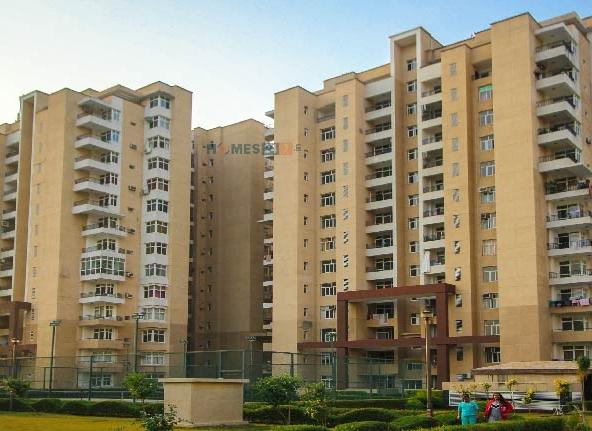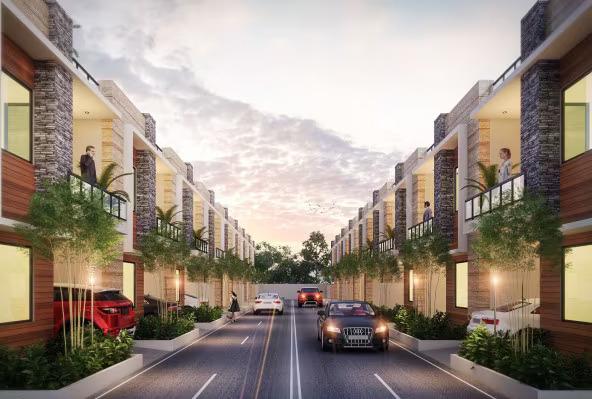Introduction
Investing in under-construction properties has become an attractive option for many real estate investors. These properties often come with lower prices and the potential for higher returns. However, investing in under-construction properties requires careful consideration and due diligence. This guide will provide insights into how investing in such properties can increment your investment profile and boost your portfolio growth.
Why Invest in Under-Construction Properties?
1. Lower Purchase Price
One of the primary advantages of investing in under-construction properties is the lower purchase price compared to ready-to-move-in properties. Developers offer attractive pricing and payment plans to attract buyers during the construction phase.
2. Potential for High Returns
As the property nears completion, its market value tends to increase, providing investors with significant capital appreciation. The appreciation rate is often higher for under-construction properties compared to completed ones.
3. Flexible Payment Plans
Developers typically offer flexible payment plans, allowing investors to manage their finances better. These plans often include construction-linked payments, where the buyer pays in installments based on the construction progress.
Key Considerations for Investing in Under-Construction Properties
1. Developer’s Reputation
Research the developer’s track record, including past projects, delivery timelines, and quality of construction. A reputable developer ensures timely completion and adherence to promised specifications.
2. Location and Infrastructure
The location of the property plays a crucial role in determining its future value. Consider factors like connectivity, proximity to essential services, and upcoming infrastructure projects that can boost the property’s value.
3. Legal Due Diligence
Ensure that the property has all necessary approvals and clearances from local authorities. Verify the land title, construction permits, and compliance with regulatory norms to avoid legal complications.
4. Construction Progress and Timeline
Regularly monitor the construction progress and ensure that the developer adheres to the promised timeline. Delays in construction can impact your investment returns and financial planning.
5. Market Trends and Demand
Analyze the real estate market trends and demand-supply dynamics in the area. Investing in a high-demand area with potential for growth can enhance your returns.
Benefits of Including Under-Construction Properties in Your Portfolio
1. Diversification
Including under-construction properties in your investment portfolio adds diversification. It balances the risk and return profile, providing a mix of short-term and long-term investments.
2. Early-Bird Advantages
Early investors often receive additional benefits like discounts, better unit choices, and priority in allotment. These advantages can translate into higher returns on investment.
3. Tax Benefits
Investing in under-construction properties can provide tax benefits, including deductions on home loan interest payments during the construction phase.
Conclusion
Investing in under-construction properties can be a strategic move to enhance your real estate investment profile. By conducting thorough due diligence and choosing the right property, investors can reap significant returns and contribute to the growth of their investment portfolio. Remember to stay informed about market trends, legal aspects, and construction progress to make well-informed investment decisions.




